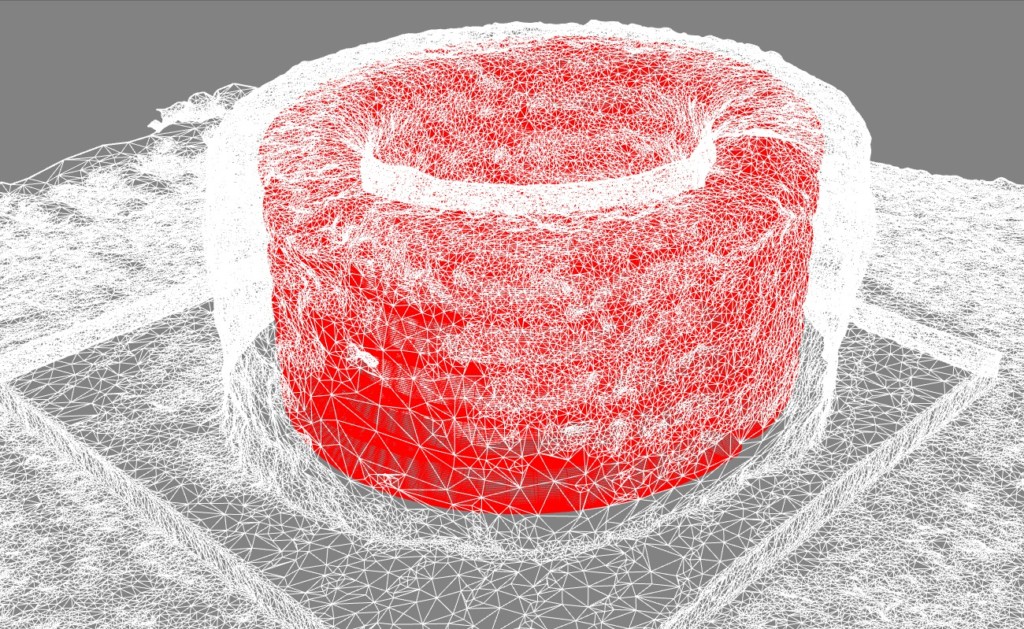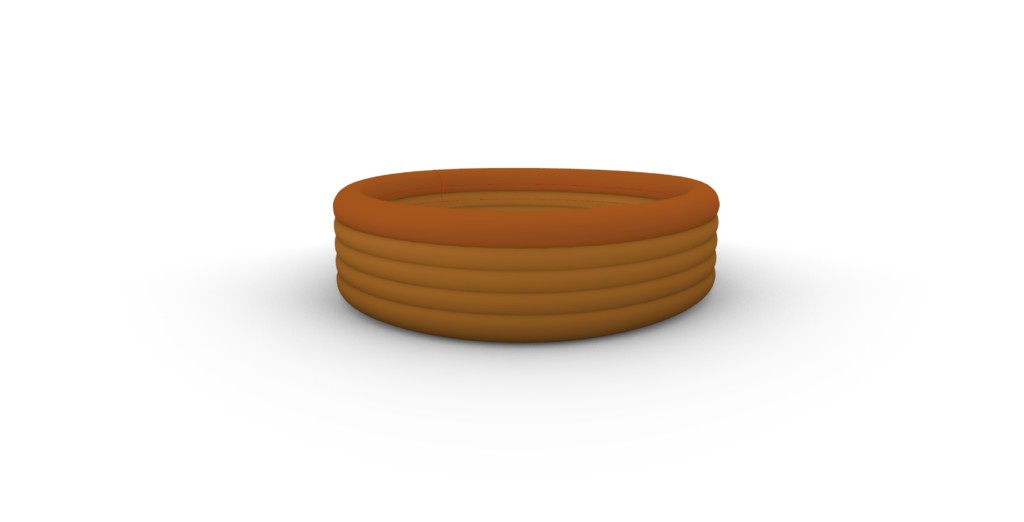raDar /Deformed to formed // Software III M.L.
raDra is a project by MRAC 01 students: Abnaoub Nagy, Andrea Najera, Alberto Martinez, and Grace Boyle during the third software seminar of the third term. Third software seminar was taught by faculty Mateusz Zwierzycki, Nikol Kirova.
During the software seminar , students had to explore ::
Machine Learning in particular Supervised machine learning and create the full pipe line from data accusation to a train modeled.
ABSTRACT
Introduction
Deformation in the additive manufacturing process with clay is a real problem that takes a lot of time to experiment with so our approach is to feed the computer through neural network and prediction of drying distortions in robotic clay 3D printing . By that it can reduce the time of testing and the trained model will give the optimized model for printing.
THE PIPE LINE
Test Samples
—— the print video—–

4 sets of samples
8 geometries / set
120-200 photos / geometry
Total ~3500 photos as input for photogrammetry models
Data Accusation
Consist of three steps :
A- Scanning througth photogrametry

Per_geometry.psx
Align photos
Build dense cloud
Build mesh
Export .obj
B- Orienting

Red CAM model & source of robot toolpath
White Digital model of resulting dried print piece, created via photogrammetry
C- Distortion measurements

| Reorient photogrammetry model & overlay with CAM model
| Front view reveals minor axis / Right view reveals major axis of geometry
| Measure absolute values of layer offset, per layer & per edge
Centre of model located on node in 3D environment, so:
|Left edge:
Shrink ? -ve
Swell ? +ve
|Right edge:
Shrink ? +ve
Swell ? -ve
Peeping the date set

Training

Use the trained model to predict

Thank You